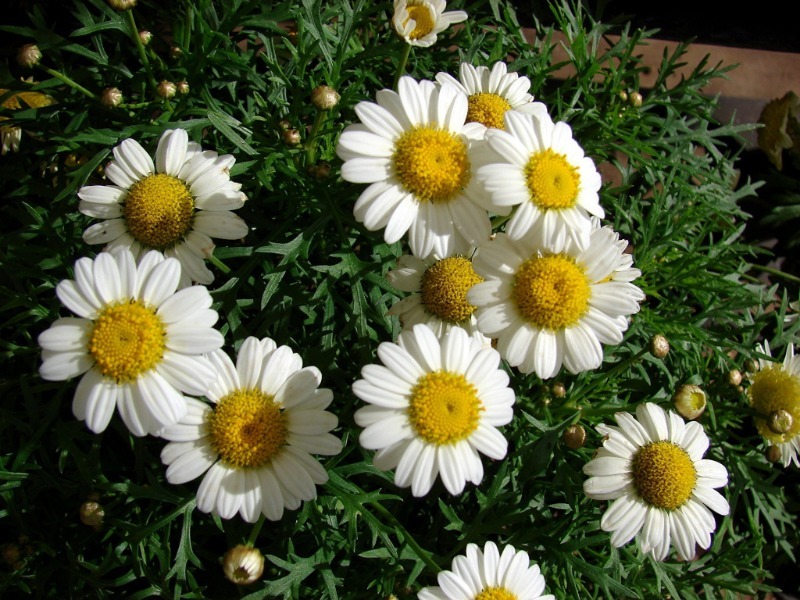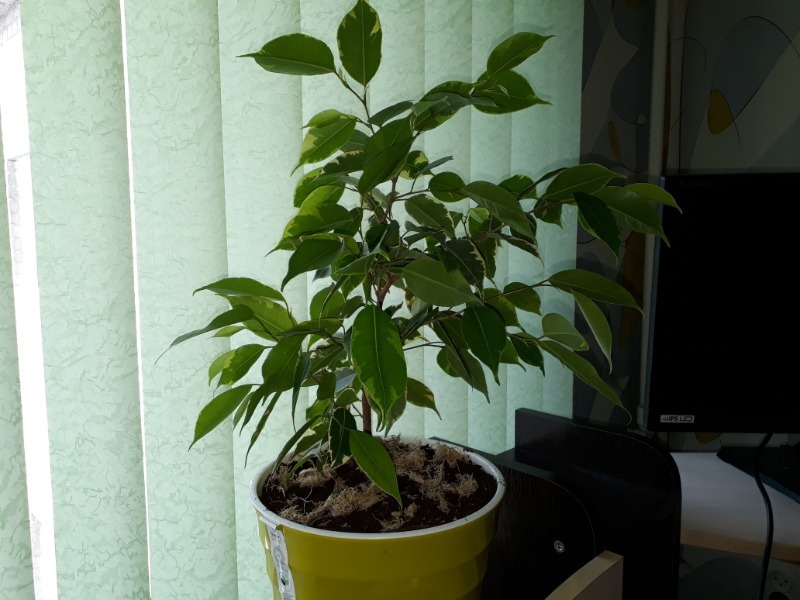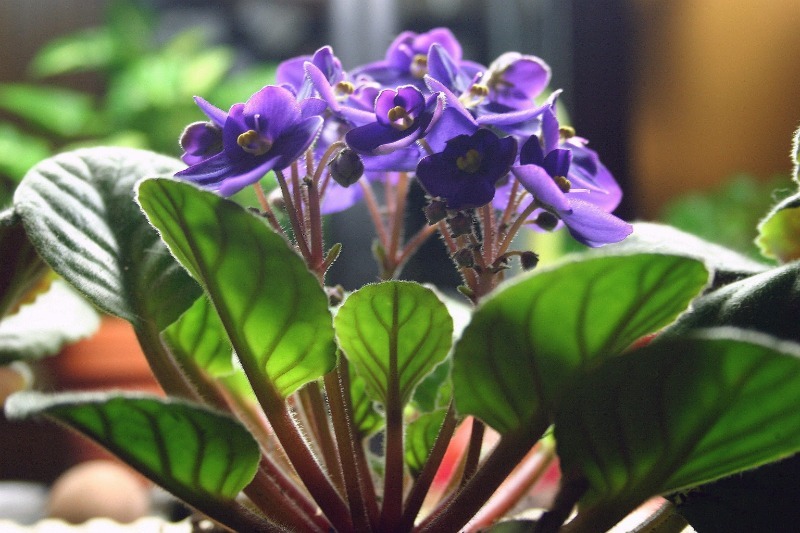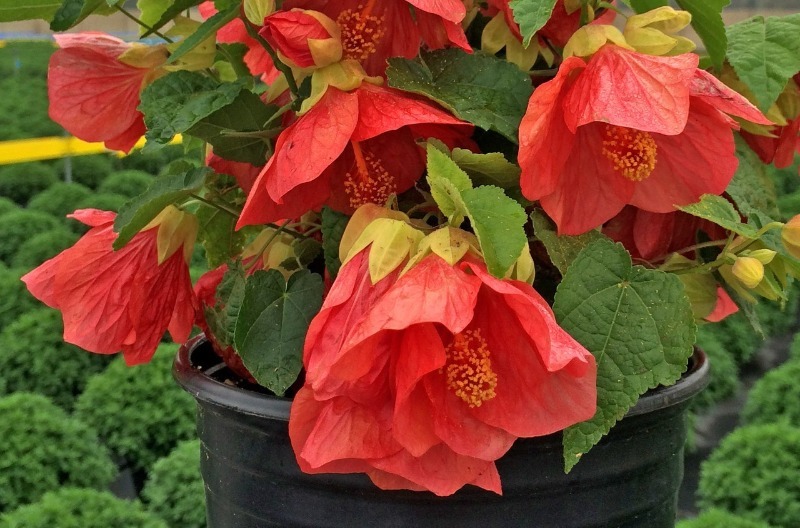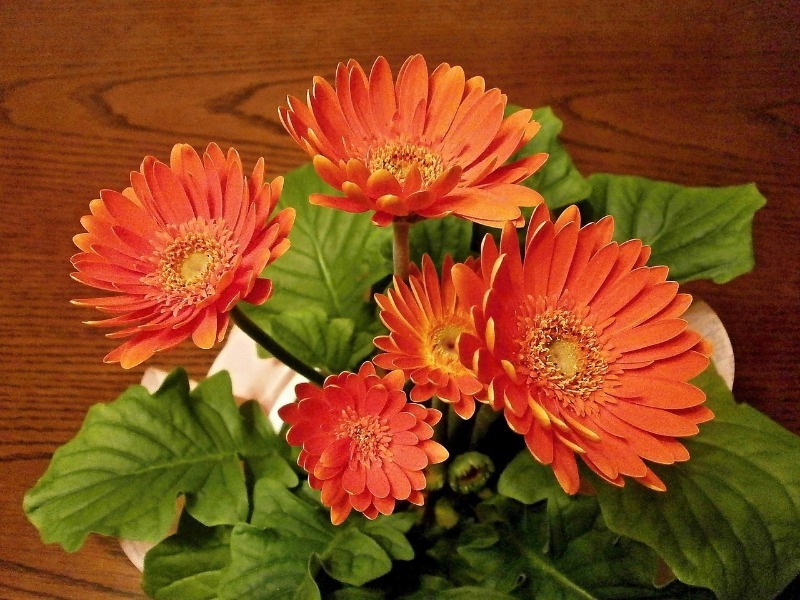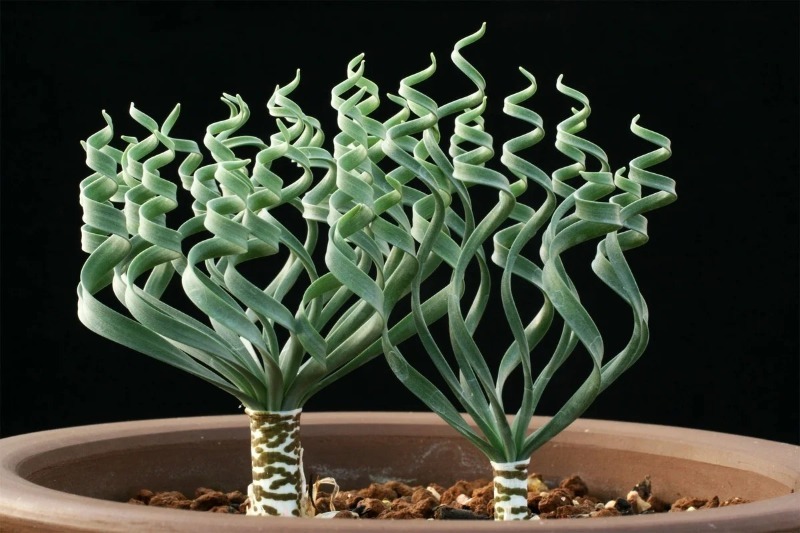7 home plants that cause allergies in almost every person
There are certain plants that can accumulate dust on their surface, as well as emit large amounts of pollen. Such properties cause an allergic reaction even in those who have not suffered from allergies before. That is why the described crops are not recommended to be grown at home.
Decorative daisies
Chamomiles always cheer up residents of the house. The plant also has healing properties and is widely used in the preparation of decoctions and tinctures.
However, the pollen of this flower is a strong allergen. It causes respiratory (sneezing, coughing and runny nose) as well as skin reactions (rash, redness).
Crying fig
The second name is Ficus Benjamin. This type of plant is often used for landscaping homes and offices. Trees do not grow to large sizes, but at the same time they are characterized by lush foliage growth. The plant looks bright, but at the same time it collects a large amount of dust.
Leaf plates can purify the air, but at the same time they accumulate particles of harmful microbes on their surface. If you do not wipe the crying figs in a timely manner, it will become a danger to others, especially for those who are sensitive to skin sensitivity and allergies to latex.
The first signs of an allergic reaction are irritation of the skin. Then problems with the respiratory system may occur.
Dwarf Chrysanthemum Varieties
Many gardeners grow dwarf species of chrysanthemums indoors. But to do this is strictly not recommended. Their pollen gradually accumulates in the room and negatively affects human health, causing allergic reactions. Especially dangerous plant for children and the elderly.
Indoor palm trees
Palm trees are popular among gardeners. The flowers look very exotic and unusual. It does not require special care. But not everyone knows that pollen collected in the "male" perianth is a strong allergen.
The substance causes severe itching, sneezing, and swelling.
Therefore, for the home, you should avoid flowers with characteristic "male" cones, which contain a large amount of pollen. To make a choice, consult with the seller in a flower shop.
African violet
The foliage of this species of plant is covered with a thick layer of villi. This feature distinguishes violet from others, makes it pleasant to the touch. But just think about how much dust such terry sheet plates collect.
If you notice the first signs of an allergic reaction in yourself or other residents of the house, we recommend getting rid of African violets.
Home maple
Home maple is not the giant that we used to see in the alleys of the park. This plant is relatively miniature, but looks like an ordinary maple with its leaf plates.
This variety is called abutilone. She is widely popular among gardeners. In summer, bell-shaped buds bloom at home maple. Yellow pollen falls from the buds, which causes respiratory problems not only in humans, but also in animals.
Decorative gerbera
Bright gerbera flowers attract the attention of guests and create comfort. But those who decide to grow gerberas in their home need to prepare for certain difficulties.
The thing is that gerberas, like other representatives of the astro family, emit a large amount of pollen.Indoor pollen increases its concentration and causes a strong allergic reaction. Moreover, unpleasant symptoms can appear even in those who have not suffered from allergies before.
When choosing indoor plants, you need to be especially careful and study the effect of flowers on human health. With a special approach, they are chosen for those houses where young children and elderly people live. The cultures described above are strong allergens. Therefore, they are recommended to be avoided indoors.

